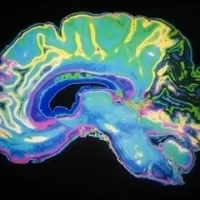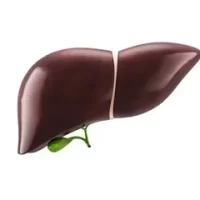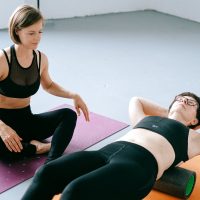People of all ages can be affected by poor circulation, which can result in a number of health issues. Poor circulation might result in major side effects like blood clots, varicose veins, even heart attack or stroke if left untreated. Thankfully, there are easy methods to increase circulation and lower the likelihood of severe issues. In this article, we’ll talk about several quick and simple methods for increasing circulation.
One of the best ways to increase circulation is through exercise. The muscles that assist in pumping blood throughout the body are strengthened and blood flow is increased. To get your blood flowing, try easy workouts like stretching, walking, or jumping jacks for at least 10 minutes.
Massage:Enhancing circulation and reducing pain or discomfort can both be achieved by massaging the affected area. Apply pressure to the affected area and massage it in a circular manner for 5 to 10 minutes using your hands or a massage ball.
Hydrate:
Dehydration can worsen poor circulation. Drinking enough water can help keep your blood thin and flowing freely through your veins. You should aim to drink at least 8 glasses of water a day.
Stretch:
Stretching helps to improve blood flow and relax the muscles. You can stretch your legs, arms, and neck for 5-10 minutes to improve circulation.
Compression stockings:
Compression stockings are tight-fitting stockings that help improve blood flow in the legs. They work by putting pressure on the veins and helping to push blood back up to the heart. You can wear them for 15-20 minutes at a time to improve circulation.
In conclusion, poor circulation can cause discomfort and lead to various health issues. However, there are simple and effective ways to improve circulation in less than 20 minutes. By incorporating these methods into your daily routine, you can improve blood flow, reduce discomfort, and feel better overall. It’s important to note that if poor circulation persists or is accompanied by other symptoms, you should consult a healthcare professional.












